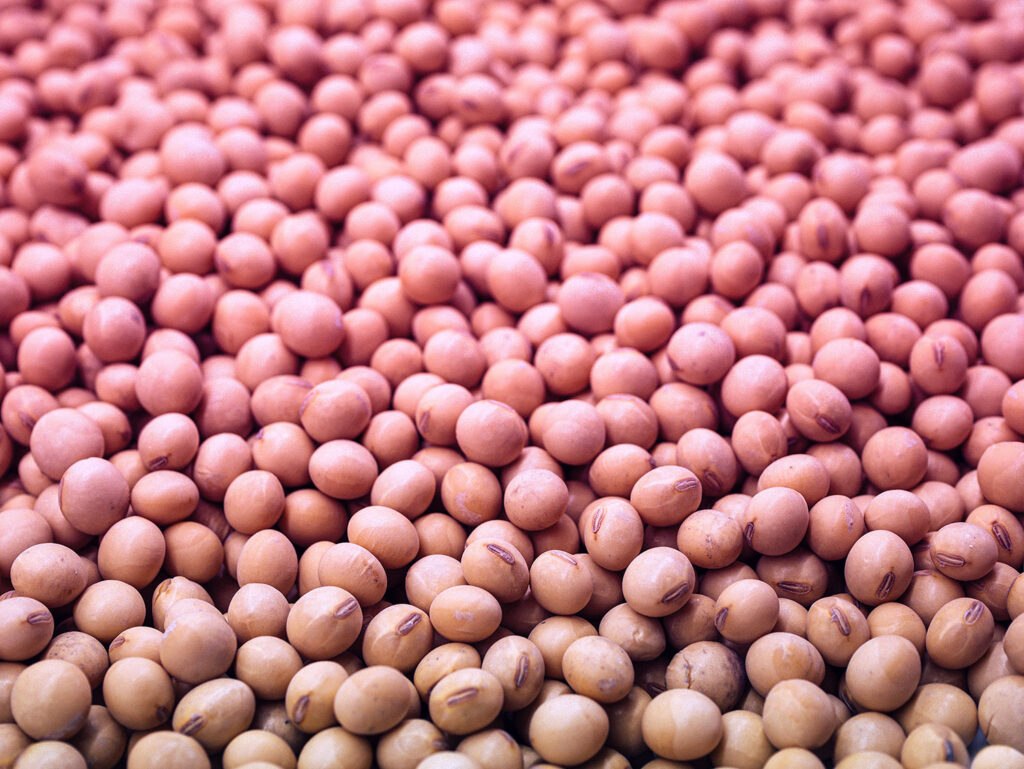Misconception 1: All Seed Treatments are the Same
Seed treatments are not one-size-fits-all solutions. While most seed companies have a generic broad-spectrum treatment, it is best to have different seed treatments that are designed to address specific challenges and cater to the unique needs of different crops, soil conditions, and regions. The selection of seed treatment products should be based on thorough understanding of local conditions, disease pressure, and targeted pest control to ensure the most effective and appropriate treatment is applied.
Misconception 2: Seed Treatment is Just a Pesticide Application
Seed treatment involves more than just applying pesticides to the seeds. While it does include the application of insecticides and fungicides, seed treatments can also include beneficial additives like micronutrients, bio-stimulants, and growth regulators. These treatments enhance nutrient uptake, promote root development, and provide stress tolerance, contributing to overall plant health and vigor.
Misconception 3: Seed Treatment Eliminates the Need for Crop Rotation
Some may mistakenly believe that seed treatment eliminates the need for crop rotation. While seed treatment can provide initial protection against certain diseases and pests, it does not completely eliminate the benefits of crop rotation. Crop rotation remains an important practice for managing pests, diseases, and nutrient cycling. Incorporating diverse crops in rotation can help break pest and disease cycles, reduce reliance on seed treatments, and promote overall soil health.
Misconception 4: Seed Treatment Causes Harm to Beneficial Insects
Another misconception is that seed treatment negatively affects beneficial insects, such as pollinators and predators that help control pests. However, modern seed treatments are formulated to have minimal impact on non-target organisms when used according to label instructions. Companies and regulators take measures to ensure the safety of beneficial insects by conducting extensive testing and requiring environmental assessments before seed treatments are approved for use.
Misconception 5: Seed Treatment Provides Complete Protection Throughout the Crop’s Life Cycle
Seed treatment provides essential early protection for soybeans, but it does not offer complete protection throughout the crop’s entire life cycle. As the plant grows, it may still be susceptible to new disease and pest pressures that seed treatment alone cannot control. Implementing integrated pest management (IPM) practices, including regular scouting, appropriate crop protection measures, and cultural practices, is necessary to address emerging threats and ensure sustained crop health.
In conclusion, soybean seed treatment is a valuable practice that helps protect and optimize soybean crops. By debunking these common misconceptions, we can better understand the importance of seed treatment in enhancing plant health, improving yields, and ensuring sustainable agriculture practices.



